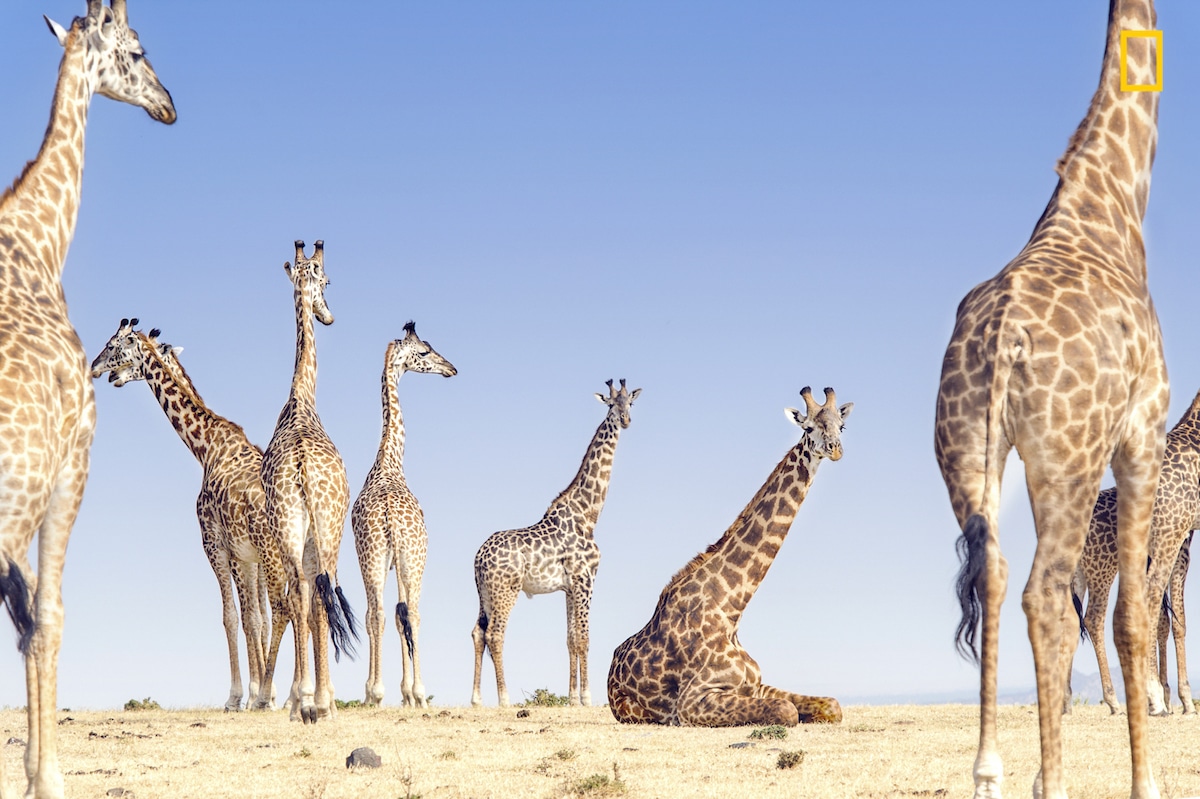
“Giraffes relaxing near Ngorongoro Crater” Photo and Caption by Leinani Yosaitis / National Geographic Travel Photographer of the Year Contest
“Upon leaving Ngorongoro Crater headed towards the Serengeti, we came across a hillside full of giraffes. After a little coaxing by me, our driver guide, “James Bond” took us off-road and drove us right to them. I had always heard that giraffe don’t sit, so this photo debunks that myth.”
With just a few more days to enter the National Geographic 2018 Travel Photographer of the Year Contest, the organizers of the annual competition have released a selection of their favorite submissions from the Nature category so far. The stunning entries were taken by talented wildlife photographers from around the world, and give us a glimpse into the incredible beauty of the natural world.
National Geographic explains: “Our judges are looking for photos that tell the story of a place and travel moments that inspire others to explore our world.” From the deep blue sea to the African savanna, the remarkable photos document otherworldly landscapes and the astonishing behavior of the wildlife that inhabit them.
So far, stand out entries from the Nature category include Kirsten Tucker’s incredible close-up of a majestic leopard, lurking in the grasslands of Botswana. Another photo by Leinani Yosaitis captures a herd of giraffes relaxing near Ngorongoro Crater, Tanzania. A third image by Reiko Takahashi details the enormous tail fin of a baby Humpback whale swimming near Kumejima Island, Japan.
If you think you can compete with these entries, the National Geographic 2018 Travel Photographer of the Year Contest is accepting submissions until May 31, 2018. If wildlife photography isn’t your thing, you can also enter into the Cities and People categories. The grand prize winner will be awarded $10,000 and two additional category winners will receive $2,500 each. You can also vote for your favorite entry as part of the Peoples’ Choice category from June 11-15, 2018.
Highlights from the Nature category of the 2018 National Geographic Travel Photographer of the Year Contest give us a glimpse into the beauty of the natural world.

“Coordillera” Photo and Caption by Karsten Hoenack / National Geographic Travel Photographer of the Year Contest
“After this shot i have been traveling the same route several times. I could not see the landscape I saw when i shot this picture again. that morning the light and shadows over the coordillera were just perfect. the moment i had to shoot this series will remain in my memory as a special gift from nature.”
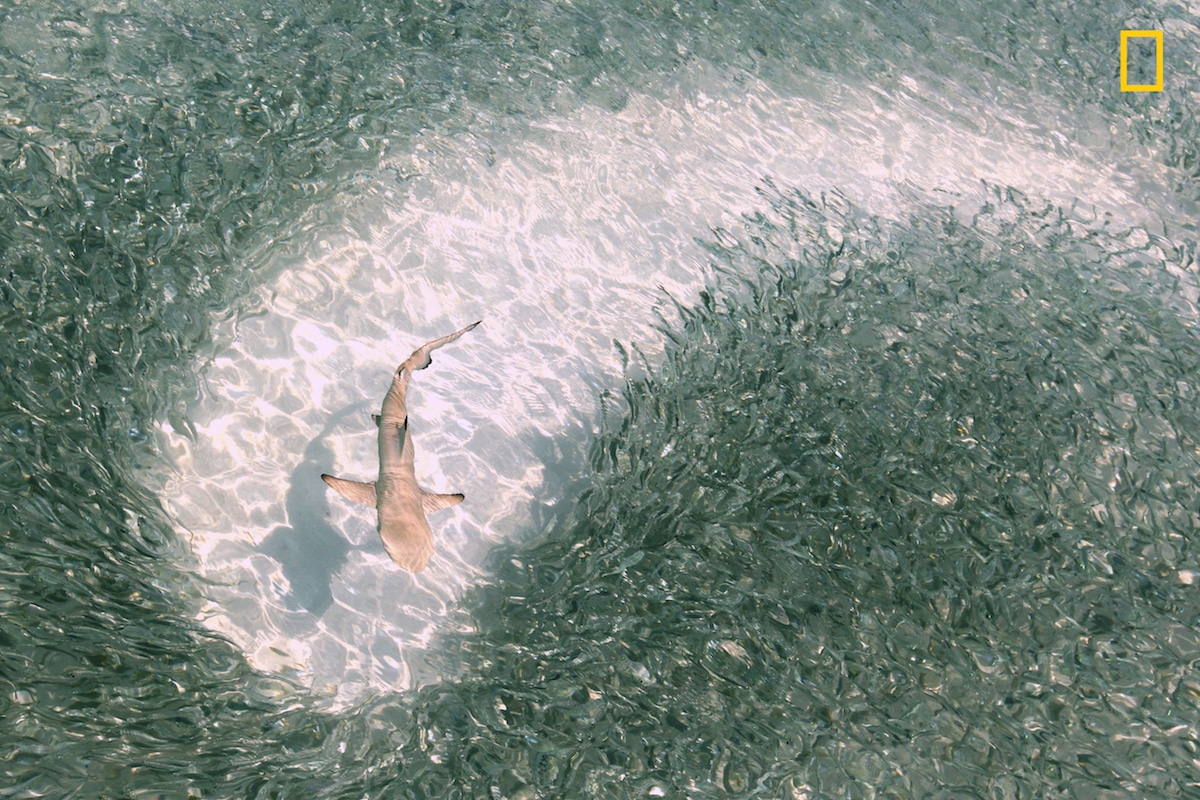
“Chasing Lunch” Photo and Caption by Mohamed Shareef / National Geographic Travel Photographer of the Year Contest
“A baby black-tip reef shark swims through a swarm of silver sprats at lunch time in the lagoon of Mirihi Island in Maldives.”

“Leopard” Photo and Caption by Kirsten Tucker / National Geographic Travel Photographer of the Year Contest
“We live in an Instagram/Facebook/etc world. Every photo has to be *THE* photo. How can you live up to that? Everyone’s life/experience seems better than yours. But, it’s not true. Leopards can be really hard to see. Even if you go on the ultimate trip, you might see just one -one single leopard. You may get a really bad cramp contorting yourself to get any shot. You may think you failed. And maybe you did fail, but it doesn’t mean your trip or experience is any less than anyone else’s.”

“Mermaid” Photo and Caption by Reiko Takahashi / National Geographic Travel Photographer of the Year Contest
“This calf was always with mom. A curious calf sometimes came to us.”
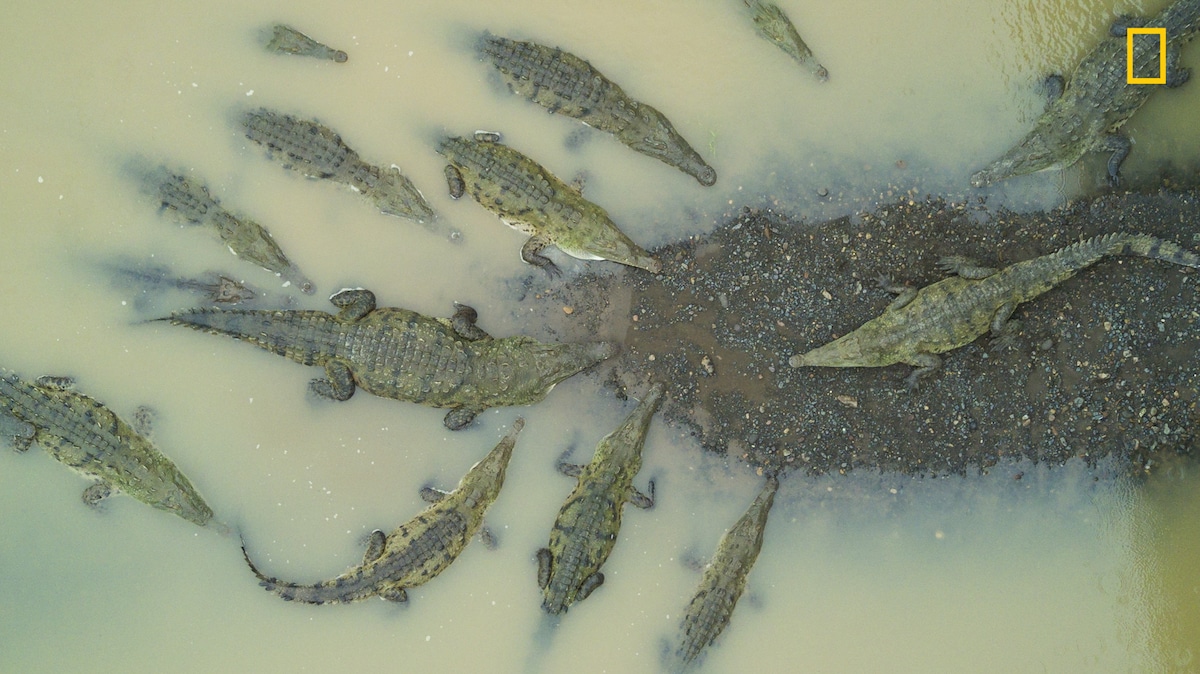
“Formation” Photo and Caption by Niklas Weber / National Geographic Travel Photographer of the Year Contest
“When we arrived at the rio tarcoles in costa rica and I saw what a fantastic formation the sharp-mouthed crocodiles are, I could not help myself, I started my drone and begun to photograph them from the air. My heart was beating like crazy because I was incredibly excited, on the one hand I was a bit scared for the drone, on the other hand I was so happy about the unique moment.”
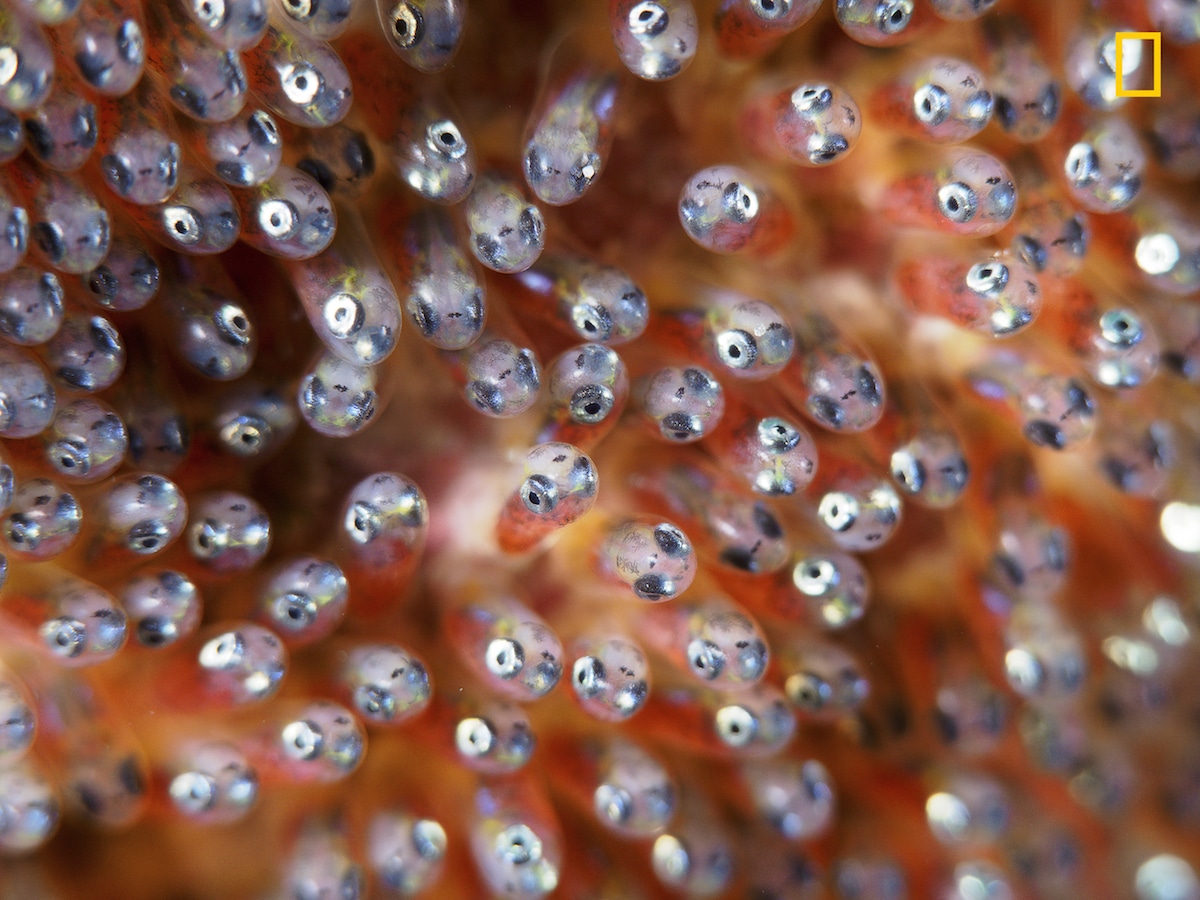
“Next Generation” Photo and Caption by Claudia Peyer / National Geographic Travel Photographer of the Year Contest
“Nemobabies—some more days and they are coming out.”
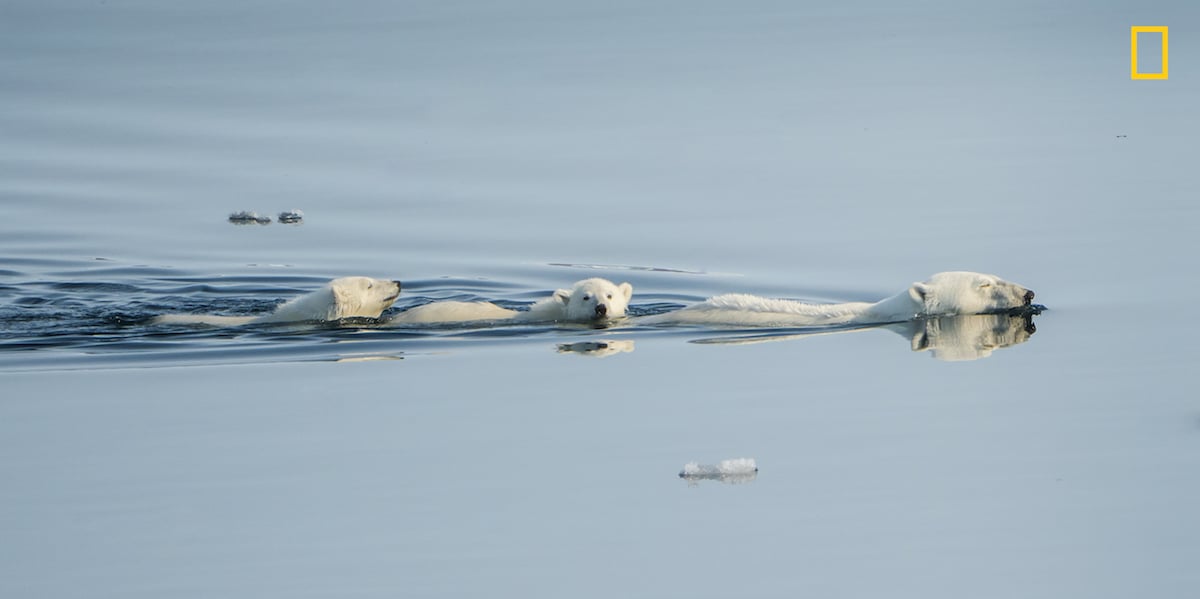
“Swimming Lessons” Photo and Caption by Karen Larson / National Geographic Travel Photographer of the Year Contest
“We spotted this mama and her two cubs swimming along the ice sheets in search of food.”
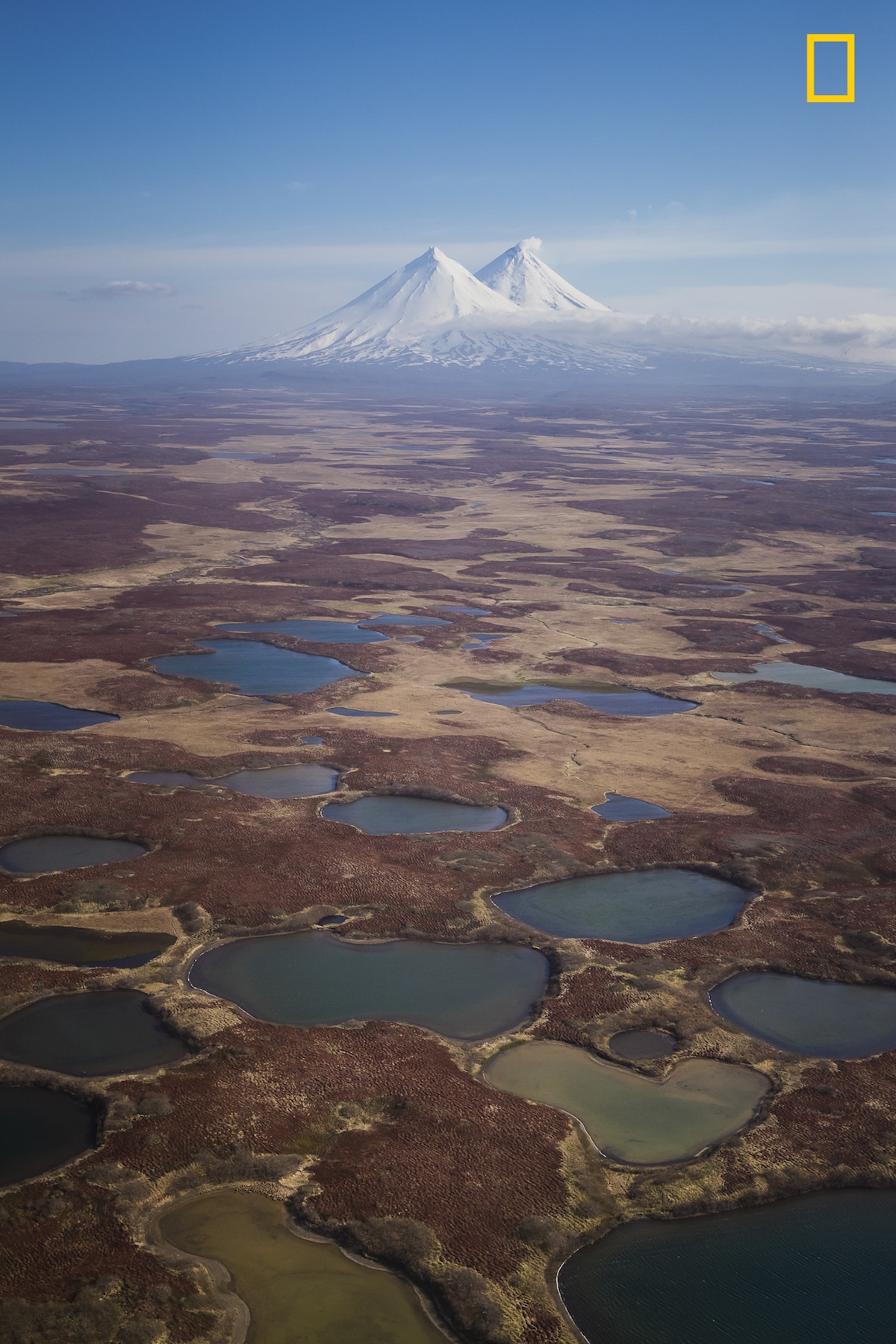
“Mount Pavlof and Pavlof Sister volcano” Photo and Caption by Toby Harriman / National Geographic Travel Photographer of the Year Contest
“The views flying down to the Aleutian chain of Alaska, where pretty incredible to say the least. The peaks you see here are known as Mount Pavlof and Pavlof Sister, which has been one of the most active volcanos in the US since 1980 with its most recent eruption in March of 2016. Looking closely you can see the steam and volcanic gas coming from the right. This view topped off the whole trip, especially getting to witness it on a clear day.”
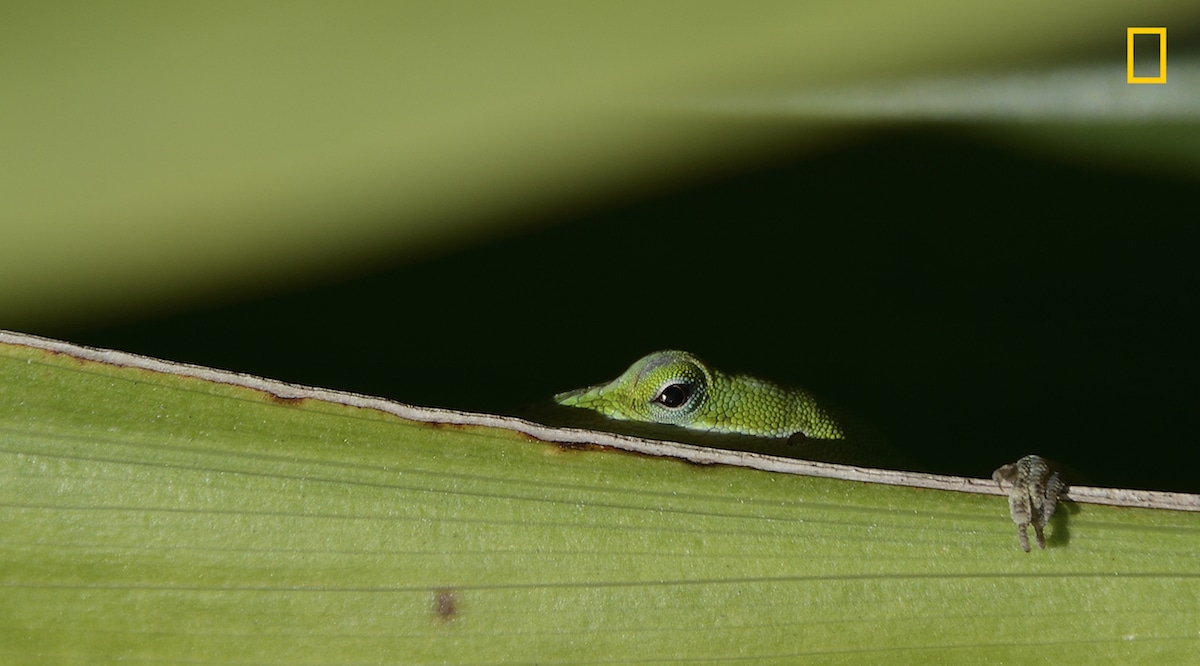
“Peeking” Photo and Caption by Limin Zhu / National Geographic Travel Photographer of the Year Contest
“A lizard hiding behind a large leaf.”
